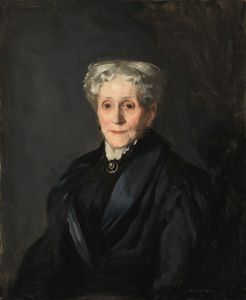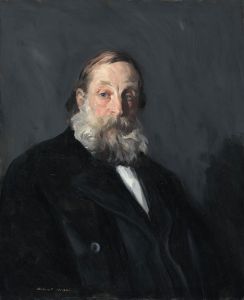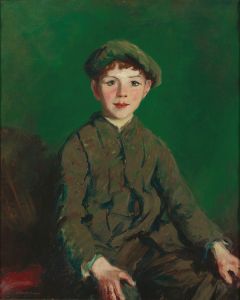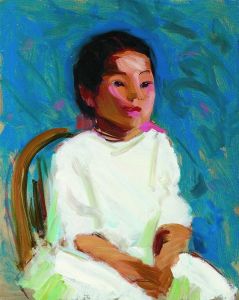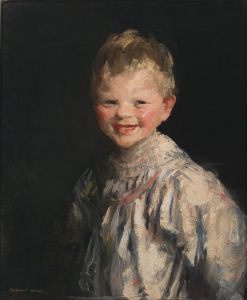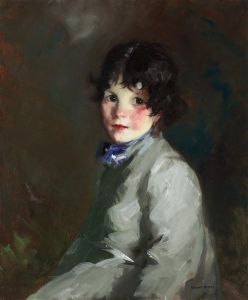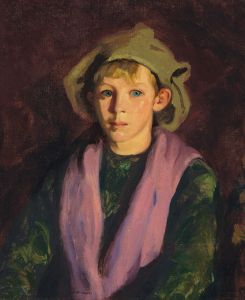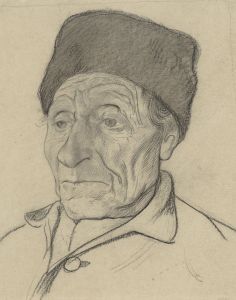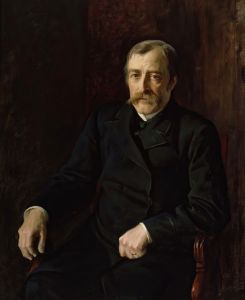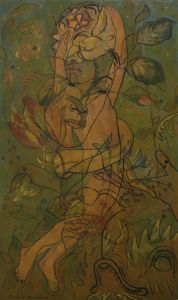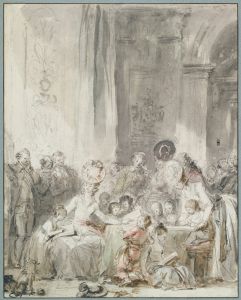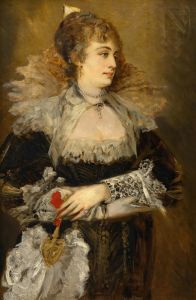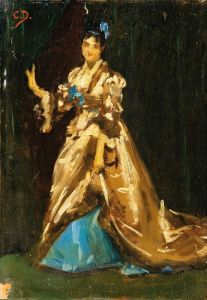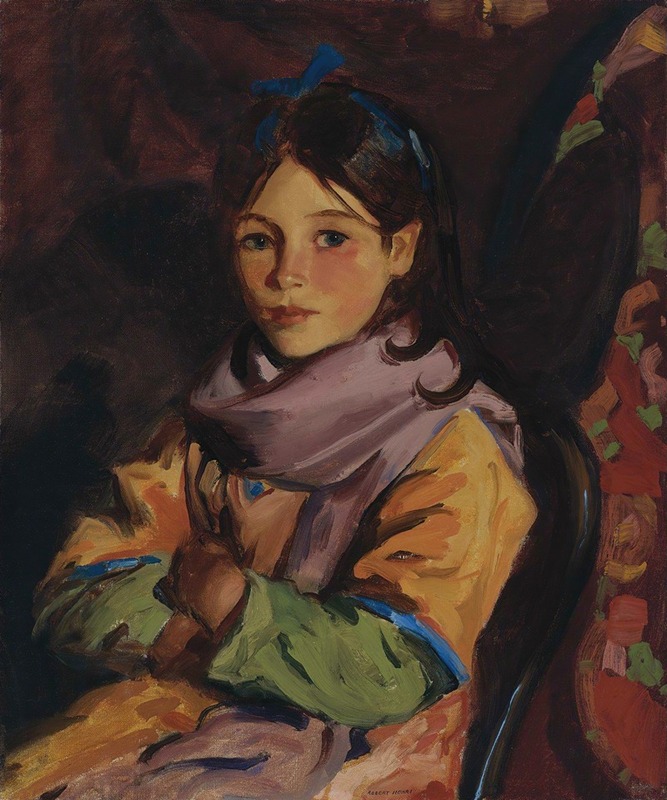
Mary Agnes
A hand-painted replica of Robert Henri’s masterpiece Mary Agnes, meticulously crafted by professional artists to capture the true essence of the original. Each piece is created with museum-quality canvas and rare mineral pigments, carefully painted by experienced artists with delicate brushstrokes and rich, layered colors to perfectly recreate the texture of the original artwork. Unlike machine-printed reproductions, this hand-painted version brings the painting to life, infused with the artist’s emotions and skill in every stroke. Whether for personal collection or home decoration, it instantly elevates the artistic atmosphere of any space.
Robert Henri was an influential American painter and a leading figure of the Ashcan School, known for his realistic and unidealized portrayals of everyday life. One of his notable works is the painting "Mary Agnes," which exemplifies his approach to portraiture and his interest in capturing the essence of his subjects.
"Mary Agnes" is a portrait that reflects Henri's commitment to realism and his ability to convey the personality and spirit of his sitters. Painted in 1925, this work features a young girl named Mary Agnes, who was one of the many children Henri painted during his career. Henri had a particular fondness for painting children, as he believed they possessed an unfiltered honesty and vitality that adults often lacked. This belief is evident in "Mary Agnes," where the subject's direct gaze and relaxed posture convey a sense of immediacy and presence.
Henri's technique in "Mary Agnes" is characterized by loose, expressive brushwork and a vibrant color palette. He often used a limited range of colors to focus attention on the subject's face and expression. In this painting, Henri employs a warm, earthy palette that enhances the naturalism of the portrait. The background is kept simple and unobtrusive, allowing the viewer to concentrate on the subject's features and the subtle nuances of her expression.
The composition of "Mary Agnes" is straightforward yet effective. Henri places the subject slightly off-center, creating a dynamic balance within the frame. The girl's head is turned slightly to the side, and her eyes engage directly with the viewer, establishing a connection that is both intimate and engaging. This compositional choice reflects Henri's belief in the importance of the viewer's interaction with the painting, as he sought to evoke an emotional response through his work.
Henri's approach to portraiture was deeply influenced by his belief in art as a means of personal expression and social commentary. He was a proponent of painting "life as it is," and he encouraged his students to capture the world around them with honesty and integrity. This philosophy is evident in "Mary Agnes," where the simplicity and directness of the portrait speak to Henri's dedication to portraying his subjects with authenticity.
"Mary Agnes" is part of a larger body of work that showcases Henri's skill as a portraitist and his ability to capture the individuality of his subjects. His portraits of children, in particular, are celebrated for their sensitivity and insight. Henri's work has had a lasting impact on American art, and his portraits continue to be appreciated for their emotional depth and technical mastery.
In summary, "Mary Agnes" by Robert Henri is a testament to the artist's ability to convey the essence of his subjects through portraiture. The painting exemplifies Henri's commitment to realism, his expressive use of color and composition, and his belief in the power of art to capture the human spirit. Through "Mary Agnes," Henri invites viewers to engage with the subject on a personal level, creating a timeless connection that resonates with audiences today.





